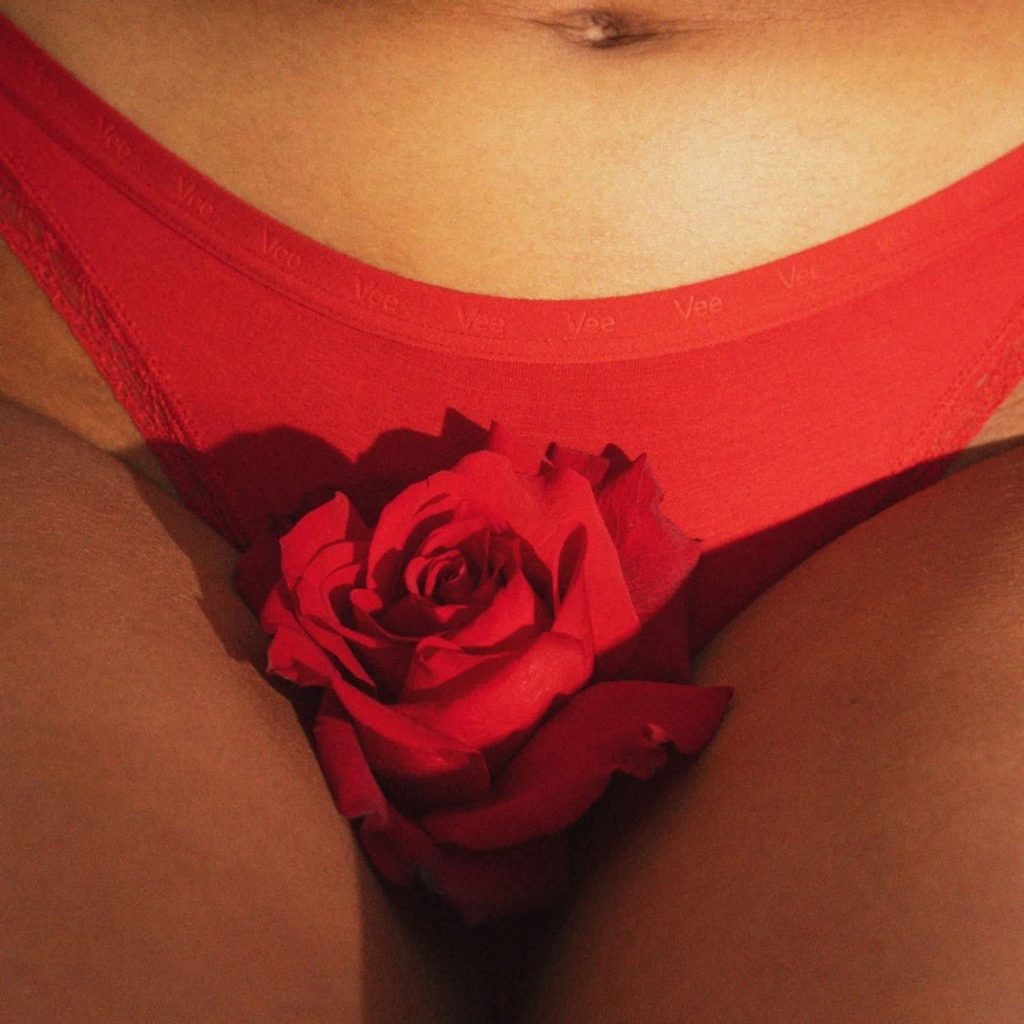For Emma Rutherford-Ward, finding out she had endometriosis was not an easy journey.
“It takes (on average) around six years for a woman to be diagnosed with endo, and I [myself] was spot on that stat,” Emma Rutherford-Ward tells POPSUGAR Australia.
“For many years, I experienced some of the common endo symptoms, but luckily not all of them — which is why this disease is often really hard to diagnose as it can present so differently from person to person.”
For me personally, I can relate to this experience as it took a little less than six years for my own diagnosis. But endo is notoriously tough to diagnose, as you can only truly do it through surgery. However, I was able to have my endo diagnosed through an internal ultrasound, which picked up “signs of endometriosis” lining my uterus. Many women who have internal ultrasounds are not so lucky with a diagnosis, but it’s important to follow your instincts.
“For me, I experienced a lot of pain and discomfort in my lower abdomen. It felt like it was always inflamed, really sore and sensitive,” says Rutherford-Ward. “I was eternally constipated (which later made sense as my endo had stuck my bowel and left ovary together). I often experienced bad period pain (which I thought was normal) and also pain during sex. Not fun to say the least.
“For many years, I was diagnosed with many things like IBS, FODMAPS etc — essentially all of the food-related intolerances. But while different diets definitely helped with the symptoms, it didn’t make them go away.”
This is a classic story. Because there isn’t that much (or nearly enough) research done on endometriosis, it sort of sits in a grey area. The symptoms of endometriosis are similar to many other hormone or emotionally-induced conditions, which makes it super hard to get any straight answers from doctors.
I’ve personally been told by doctors that my endo symptoms could be from stress, or because I don’t have contraception, might be PCOS (polycystic ovary syndrome), or “just a bad period this month”… the list goes on.
For Rutherford-Ward, even the laparoscopic surgery didn’t confirm her suspicions of endo.
“I ended up getting laparoscopic surgery, which is the only way endometriosis can be diagnosed, however, they actually concluded after this surgery that I did not have endo.
“A couple of years later, as my symptoms were worsening, I was introduced to a specialist who was convinced I had endo, but of course, needed to do another laparoscopic surgery to diagnose it. I woke from the second surgery with a stage 3 Endometriosis diagnosis, where tissue (similar to the lining of the uterus) had been running rampant. This created scar tissue and adhesions around my left ovary, fallopian tube and bowel.
“Luckily, my amazing surgeon managed to remove the majority of the Endometriosis, without any signs of the long-term damage impacting my fertility. But of course, we won’t really know the full impact until the time in my life to start trying to conceive comes.”
The laparoscopic surgery is also one of the only things that can significantly reduce endo symptoms, however again, it’s different for everyone.
“One year on from my last laparoscopy surgery to remove the Endometriosis and my symptoms have reduced significantly. They certainly aren’t gone, which is the unfortunate reality for many people with endo.
“It’s not often you’ll catch me without a heat pack on the tum.”
Same, girl. Endo is one of those things that you have to learn to live with and accept, as a part of you. Although there are things, like surgery, contraception (the mirena works for some people), natural supplements and medications that can help relieve some of the symptoms, endo is ultimately something that will stick with you forever.
But it’s okay. One in ten women has endometriosis, so you’re not alone. Hopefully, there will be more awareness and research done as our voices get louder.
In celebration of Endometriosis Awareness Month, Rutherford-Ward as the owner of Vee Underwear has launched a campaign to donate $1 from every redundies sold during March towards Endometriosis Australia. She’s using her small Melb-based biz as a vehicle to drive awareness and support for a cause extremely close to her heart — and one that has unseen but prolific impact, affecting a staggering 1 in 10 women.
But why are comfy undies so important? Basically, our bits are just super sensitive. I can literally give myself cramps by simply wearing a g-string that’s slightly too tight.
“Endometriosis is an inflammatory disease, often flaring and thus, bloating your lower abdomen. When designing our styles, comfort is a non-negotiable. This means the garment needs to stretch with your body as it changes throughout the day,” ” says Rutherford-Ward.
“We don’t believe in tight waistbands or seams, period. I know it sounds clique, but design our underwear to feel like a second skin. All of our underwear is made from a premium bamboo fabric, which is incredibly soft.”
Amen to that.

